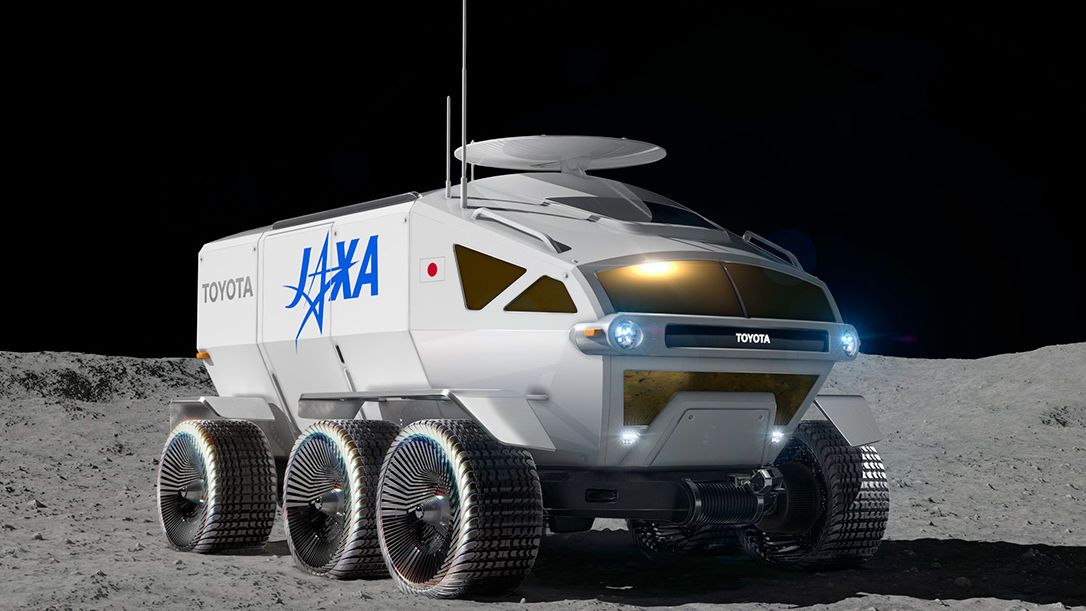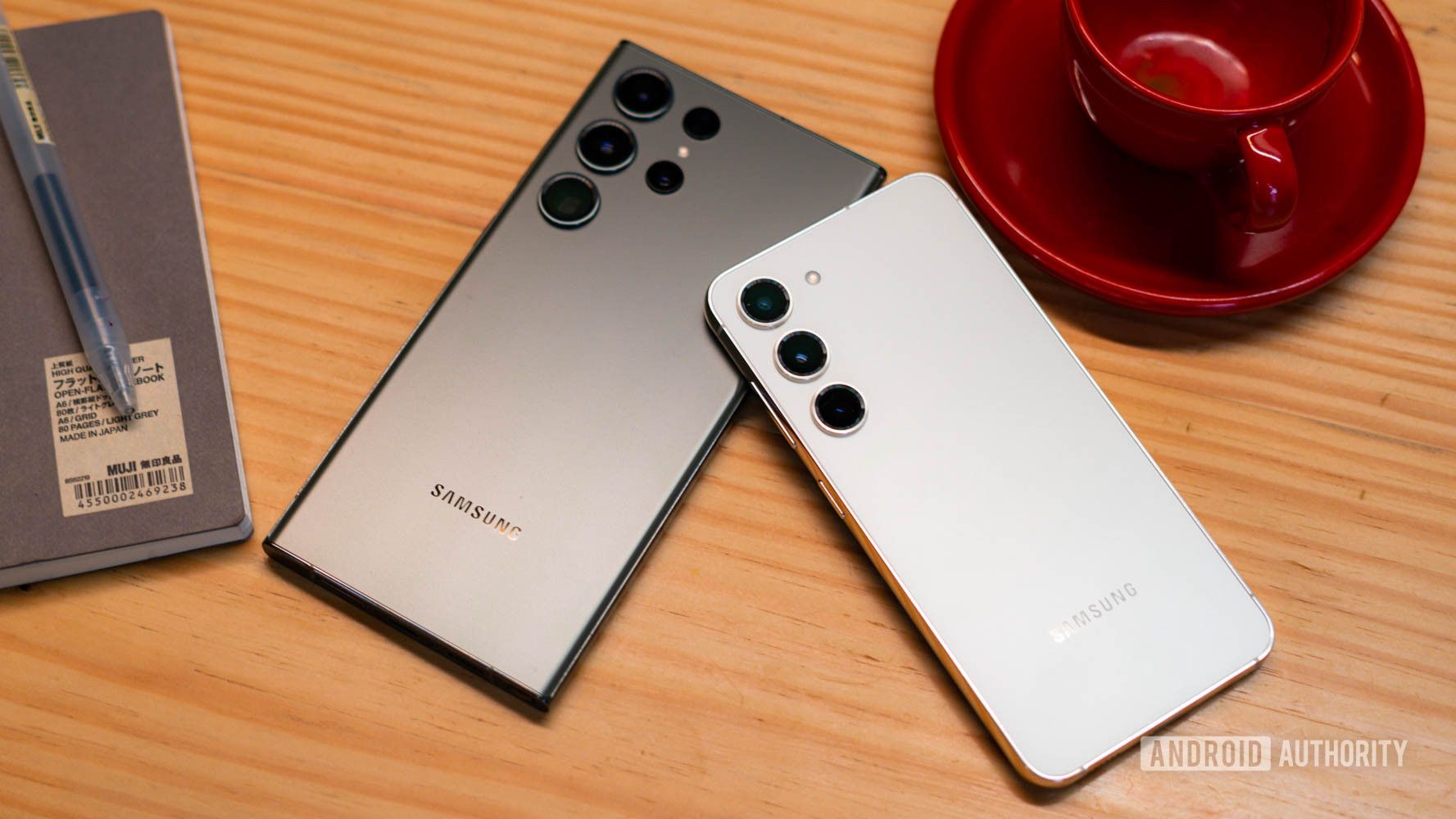The New Toyota Lunar Cruiser Will Feature Breakthrough Regenerative Fuel Cell Technology
Because of the COVID-19 pandemic, the world nearly forgot about Toyota's bold plans to conquer the Moon with a sci-fi movies-inspired vehicle. Well, the Japanese are back, and the sequel looks a lot like a world-domination scenario. Well, not the entire world, but the world of offroad enthusiasts. Both on the Moon and on the Earth.
A proper driving vehicle for the Moon's surface
Photo: Toyota
Toyota bets on the regenerative fuel cell system
Photo: Toyota
Next step: bring the RFC technology back to Earth
Photo: Toyota
Back in 2018, Elon Musk made the biggest marketing stunt in the car industry: he launched a real car into space. I'm sure you remember the cherry red Tesla Roadster "driven" by Starman – a mannequin wearing SpaceX's space suit… – "listening" to David Bowie's song "Space Oddity." Sometime in the distant future, we'll probably meet again with the car's remaining, but humanity wants to conquer the Moon in the short term. Again.The first time a man put his foot on the surface of our planet's natural satellite was – let's see who the biggest fan of space exploration is out there?! – on the historic day of July 20, 1969. That Sunday, two American astronauts, Neil Armstrong and Edwin "Buzz" Aldrin, made their first steps on the lunar dust.A year later, the first wheeled vehicle – or better, the first Lunar Rover – left its traces up there. Lunokhod 1 was an unmanned remote-controlled robot sent there by the Soviet Union. But in 1971, America sent to the moon the first Lunar Rover that an astronaut could drive. At that time, it had almost the same effect on car enthusiasts on Earth as Elon's marketing stunt nearly half a century later.The Lunar Roving Vehicle from the Apollo missions was more of an offroad-roadster. Boeing built it; it could carry two astronauts and their equipment and was a battery-powered four-wheel rover. You can think of it as the Jeep Willys from WWI – a tiny, reliable little feller.But tomorrow's space missions need something more like a Hummer or big offroad truck, capable of protecting an entire team from outer space radiation and accommodating a real lab-on-wheels. And this is what Toyota's Lunar Cruiser is all about. Ok, "Lunar Cruiser" is just a nickname (for now) because its official designation is "manned pressurized rover for the lunar polar exploration mission."In 2019, the Japan Aerospace Exploration Agency (JAXA) signed a three-year joint research agreement with Japan's biggest vehicle producer, Toyota Motor Corporation. Their goal was to develop, manufacture and test prototypes of such rovers, which will be then deployed on the Moon's surface in 2029. Interestingly to note, in the beginning, the prototype was intended to be "a modified version of a standard production vehicle." Well, I think we can all agree there's no trace of any Land Cruiser in this Lunar Cruiser…The pressurized rover's specs align with many such vehicles we've seen in sci-fi movies through the years. The length should be 6 m / 20 feet (this is the size of a Ford F250 truck, although the Japanese prefer "about the size of two microbuses"), and the height should be 3.8 m / 12.5 ft. The living space is supposed to be 13 m2 / 140 square feet to accommodate two people or even four in an emergency.Frankly, the most critical requirement is the 10,000 km / 6,200 miles "total lunar-surface cruising range" this rover is supposed to be capable over 42 days. Or a 1,000 km / 620 miles range on one fill of the hydrogen tank. And now we have some exciting news about how the Japanese will achieve it.We all know that, until recently, Toyota was fiercely lobbying against batteries because its boss believed hydrogen propulsion was the only future for road transport. There's no doubt that fuel cell technology has its place in the future of transportation, but the odds are against it regarding small cars and SUVs.The opinion I favor is that hydrogen is better suited for heavy transport, like vessels, airplanes, trains, and freights. The future will prove to me if I'm right or wrong, but in the meantime, let's see what this new regenerative fuel cell technology is all about.We already know that a fuel cell converts hydrogen and oxygen from the air into electricity and water vapor. But it can work the other way around: if you apply electricity to the water, the fuel cell becomes an electrolyzer that produces hydrogen and oxygen. In short, the regenerative fuel cell allows a dual-mode operation, switching between energy generator and energy storage, AND oxygen production.Why is this important on the Moon? Because on its mission, the Lunar Cruiser will have to face the lunar night – a 14 days (!) period in the dark, with no sunlight whatsoever. The current battery storage technologies that could provide energy for two weeks are too heavy and too large for mobile applications like this rover. That's why missions on the dark side of the Moon are almost impossible.And that's why regenerative fuel cell technology is so important. Of course, there are still serious challenges to overcome, and the most important are related to weight: the Lunar Cruiser needs lightweight hydrogen and water tanks. That's why Toyota partnered with Mitsubishi Heavy Industries on marine electrolysis technology.At first, hydrogen and oxygen will be transported from Earth. The regenerative fuel cell system will provide water for cooling or drinking and also oxygen for survival. In the future, scientists expect to use the lunar water so that the regenerative fuel cell system to provide people on the Moon with the oxygen and the water essential for survival. Now this really sounds like a sci-fi movie, does it?Unsurprisingly, Toyota is using the Lunar Cruiser partly as a marketing stunt for its operations on Earth. The Moon's experience with regenerative fuel cell technology is said to help develop it for Earth applications in the not-too-distant future. Ford instance, Toyota's officials envision "towns that can be lived in forever" and "high-efficiency hydrogen production using sunlight, compact and lightweight enough to be mounted in vehicles."At this point, Elon should tremble, as Tesla's future and any other company betting on batteries are doomed. Frankly, this sounds more like a B-category sci-fi movie… And also like a follow-up of Toyota's propaganda favoring hydrogen against batteries. But, hey, maybe I'm just a too-biased electrohead…The truth is that fuel cell technology will evolve, and this regenerative fuel cell system is really a great idea. It should become a reality sometime at the end of this decade if all goes according to plans. But remember that in the meantime, battery tech is evolving at a high pace, and around 2030, solid-state batteries will most likely be the norm.As a former offroad enthusiast, I'm curious about the outcome of this Lunar Cruiser project in Toyota's future lineup. A true offroader, capable of providing almost absolute freedom, both in terms of the path you choose to go and unlimited range, is a dream many of us are waiting for.The Land Cruiser family has already proved its value, and now the most stringent is to become genuinely sustainable. Maybe sustainability also deserves a change of name. Replacing "Land" with "Lunar" could be a brilliant marketing move, as freedom should no longer be confined to Earth. We'll keep an eye on the Lunar Cruiser in the years to come.
Source: autoevolution


